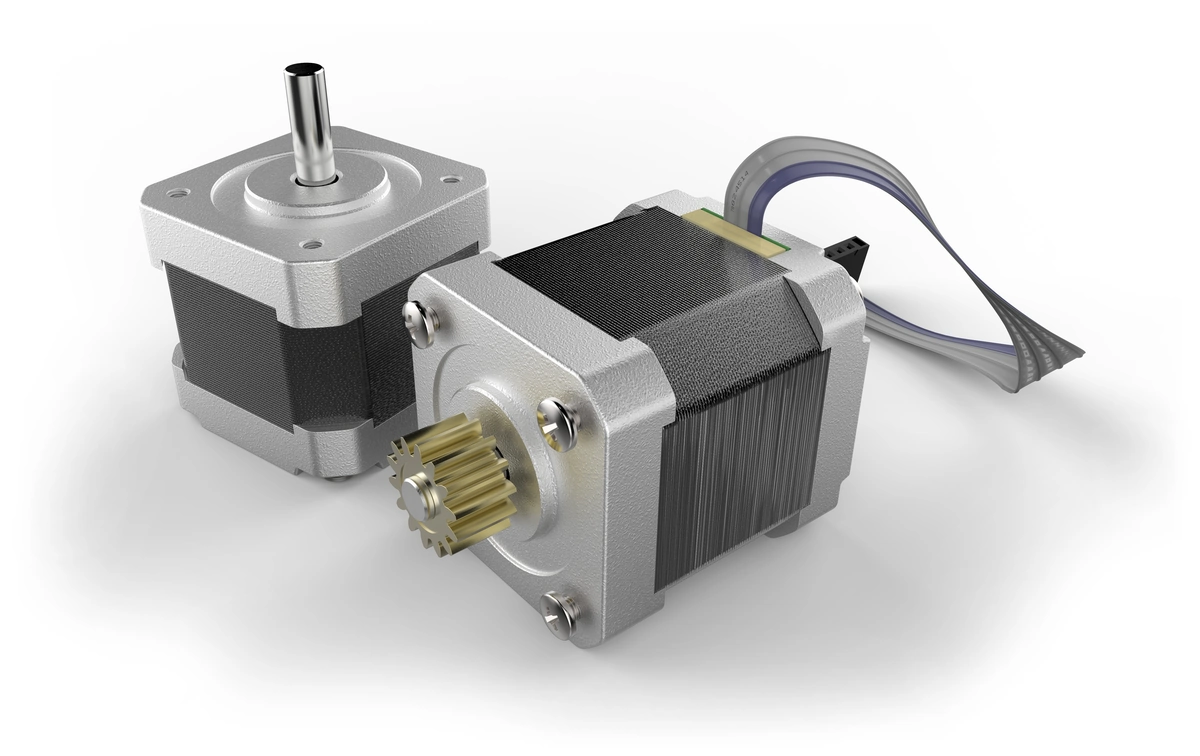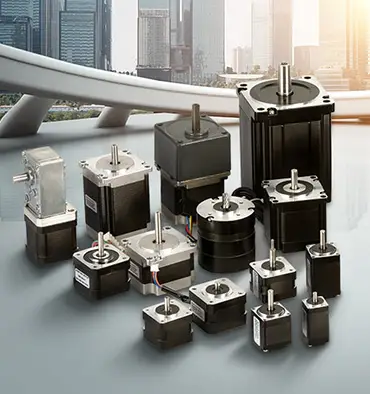How to connect stepper motor?
Stepper motors are widely used in automated systems to precisely control mechanical motion. Proper connection of the stepper motor to a driver or controller is crucial for reliable operation. This essay will discuss in detail the various components and steps involved in connecting a stepper motor.
Motor Phase Connections
Stepper motors contain multiple electromagnets called phases that are wired internally. The first step is to identify the phase wires - usually labeled A, B, C etc. depending on the number of phases. These wires must be connected correctly to the driver for the motor to rotate in the proper sequence.
Driver Selection
Stepper motors require a driver circuit to deliver regulated current to the windings. Drivers come in a range of specifications depending on the motor's voltage, current and operation speed requirements. Choosing a driver with matching specifications is important for optimal motor performance.
Driver Connections
Once the proper driver is selected, the phase wires from the motor are connected to the corresponding output terminals on the driver. For example, a 4-phase motor's A, B, C and D wires would connect to the A+, A-, B+, B- terminals and so on. The driver terminals are usually labeled for ease of wiring.
Polarity Alignment
Stepper motors can be wired for half-step or full-step operation depending on the application. This is determined by the polarity of phase connections to the driver - same or offset. Correct polarity is vital to ensure smooth, vibration-free rotation.
Power Supply Connection
Both the motor and driver require a regulated DC voltage supply. The driver's power input terminals are wired to a matching power supply. Observing polarity here is also critical for the circuit to function properly.
Controls Interface
The final connection involves interfacing the driver's control terminals to the controlling system for stepping commands. This is usually done via I/O pins on a microcontroller, PLC or motion controller.
Conclusion
Proper connection of a stepper motor involves careful wiring of phase leads to a matched driver, alignment of polarities and interfacing of control signals - all key to ensuring precise stepped rotation. With the right connections, stepper motors can seamlessly drive mechanical motion.


Leave a Reply